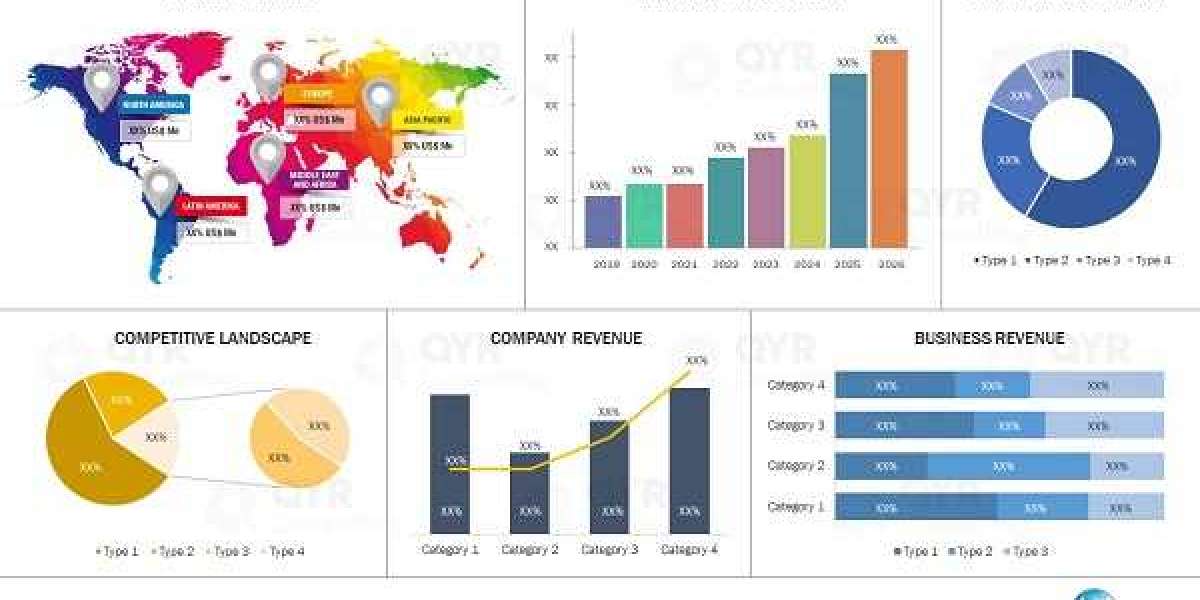In recent years, technology has made a significant impact in various fields, and Applied Behavior Analysis (ABA) therapy is no exception. ABA is a therapy technique primarily used to help children with autism spectrum disorder (ASD) improve their behavior and develop new skills. As we move into an increasingly digital world, the introduction of apps and other technological tools has transformed the way therapists approach ABA therapy. These tools not only make therapy more engaging for children but also streamline the process for therapists, making it easier to track progress and tailor treatment plans to each individual. One organization that has embraced tech innovations in ABA is beyond infinity aba, which focuses on using the latest tools to enhance therapy for children.
The Rise of Apps in ABA Therapy
Over the last decade, the use of apps in ABA therapy has surged. Apps provide a unique way to keep children engaged while helping them learn new skills. These apps are specifically designed to mirror the principles of ABA, such as reinforcement and behavior shaping. One of the key advantages of using apps is their ability to provide immediate feedback. Children can quickly see the results of their actions, which is crucial in reinforcing positive behavior. Moreover, these apps allow for continuous learning, even outside of traditional therapy sessions. This helps maintain the momentum of skill development.
How Apps Make ABA Therapy More Engaging
Traditional ABA therapy can sometimes feel repetitive and dull for children. However, by integrating gamified elements into therapy sessions, apps can transform the experience into something fun and rewarding. Many apps use visually appealing interfaces, interactive tasks, and immediate rewards, which keep children motivated. This level of engagement is crucial, especially for children with autism, who may struggle with attention and focus. With the help of apps, children are more likely to stay engaged and participate actively in their therapy sessions.
Tools for Tracking Progress in ABA Therapy
Another benefit of technology in ABA is the ability to track progress efficiently. Apps and digital tools help therapists record data on a child’s behavior and skill development in real-time. These tools can generate reports and visual graphs, making it easier for therapists to monitor a child’s progress over time. The ability to quickly analyze data enables therapists to adjust therapy plans as needed, ensuring that each child receives the most effective treatment possible. This real-time tracking is not only helpful for therapists but also for parents who want to stay informed about their child’s development.
Customizing ABA Therapy with Tech Tools
Each child’s journey in ABA therapy is unique, and technology plays a major role in personalizing the treatment plan. With the help of apps and digital tools, therapists can tailor sessions to the specific needs of a child. For instance, some tools allow therapists to adjust the difficulty level of tasks, offering a more customized experience. This personalization helps ensure that therapy remains challenging yet achievable, fostering an environment where children can continuously improve. Through this technology, therapists can ensure that no child’s therapy is a one-size-fits-all approach.
ABA Training for Parents: Enhancing Support at Home
For parents of children with autism, learning how to support their child outside of therapy is essential. Technology can play a crucial role in helping parents understand and implement ABA techniques in their daily lives. Many apps and online programs now offer aba training for parents, allowing them to learn strategies that they can use at home. This empowers parents to reinforce the skills their child is working on, ensuring that therapy extends beyond the clinic. It also helps create a consistent environment for the child, which is essential for reinforcing positive behaviors.
The Benefits of Virtual ABA Therapy
While in-person therapy remains a cornerstone of ABA, virtual therapy sessions have gained popularity in recent years, especially with the growth of digital tools. Virtual ABA therapy allows children to receive high-quality therapy from the comfort of their own homes. This is particularly beneficial for families who live in remote areas or have limited access to local ABA providers. Virtual therapy also provides greater flexibility in scheduling, making it easier for parents to work around their own schedules. By incorporating tech tools into virtual sessions, therapists can continue to offer personalized and effective care.
Improving Communication Skills with Technology
Children with autism often face challenges in communication, which is one of the main areas targeted in ABA therapy. Tech tools such as speech apps and communication boards can assist in improving these skills. For example, apps that help children practice basic language skills or develop social communication can be used during ABA sessions. These tools provide immediate feedback and make communication exercises more engaging. By using these tools, children can enhance their ability to communicate in a way that’s fun and interactive, which can make a significant difference in their overall development.
The Future of ABA Therapy and Technology
Looking ahead, the role of technology in ABA therapy will only continue to grow. With advancements in artificial intelligence (AI), machine learning, and virtual reality (VR), future tools could provide even more personalized experiences for children. AI could help track behavior patterns more accurately, while VR might offer immersive environments for practicing social skills. As technology evolves, it’s likely that these tools will become even more integrated into ABA therapy, further enhancing outcomes for children with autism.
Conclusion
Incorporating technology into ABA therapy has proven to be an exciting development, bringing numerous benefits for both therapists and children. Apps, digital tools, and virtual platforms have made therapy more engaging, efficient, and personalized. Moreover, tools for ABA training for parents have empowered families to play an active role in their child’s progress. As technology continues to evolve, the future of ABA therapy holds even more promise, offering new ways to help children develop essential skills for life. With the integration of tools from organizations like Beyond Infinity ABA, therapy is becoming more accessible and effective than ever before.











